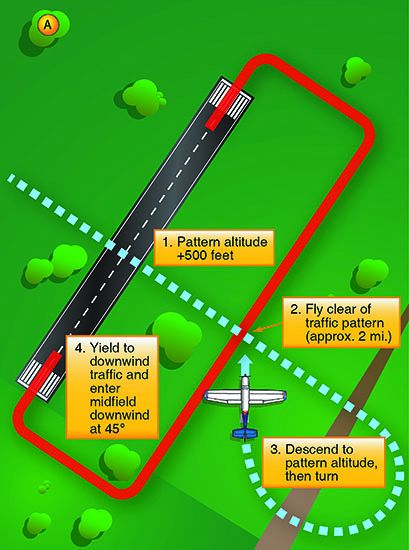I’m writing to ask if Aviation Safety has ever done an article on the dangers of rolling Gs? During a recent DPE/CFI video conference, one CFI queried why do we still teach Lazy 8s and Chandelles and why are they still a requirement in the Commercial-Airplane Aircraft Certification Standards? I popped in and said because of the dangers of rolling Gs…and then there were crickets among the other DPEs and CFIs—no one knew what I was talking about. I felt like a dinosaur.
I mentioned the recent YouTube video of a Mexican accident where a pilot of a Piper Pawnee tore his wings off during a “gender reveal” flight that went tragically wrong. But still no one knew the term rolling Gs.
This seems to be an area that a lot of DPEs/CFIs do not adequately understand. It’s unfortunate the Airplane Flying Handbook does not specifically mention rolling Gs by name in the maneuvers section. I go to a lot of fly-ins and, just like clockwork, I see pilots doing runway flybys as they depart or before they land with hard pull-ups and turns at well above maneuvering speed; I saw several at AirVenture and I’m just surprised there aren’t more accidents. I’m hoping you can direct me to an article that you have done in the past. Thanks and keep up the great work
Rick Johnson – Bel Air, Maryland
It’s been a while, but we have done an article specifically on rolling Gs, by Tom Turner, which appeared in our June 2011 issue and is entitled, “Yanking And Banking.” To view the online version, head to our web site and search for that title.
We’ve also worked in references to the maxim of only applying load to one axis at a time in many other articles over the years, including features, plus regular references to AAL587, the Airbus A300 that crashed in New York when the F/O’s rudder inputs snapped off the vertical stabilizer. Go to our web site and search for “g loading”: 23 pages of links to related material pop up.
Hope this helps!
Traffic Pattern Entries
I’m curious about how Michael Banner reconciles the FAA suggestion about entering the traffic pattern published in the Airplane Flying Handbook and referenced by him (Figure 2) in his October 2023 article, “Parallel Runway Traps,” with FARs 91.126 and 91.127, which requires all turns be made to the left when operating in the vicinity of an airport in Class G or E airspace unless right turns are specified.
It seems that the recommendation to cross the field, proceed 1.5-2.0 miles past the airport and then turn RIGHT 270 degrees to enter the downwind is directly contrary to the requirement of those regulations.
Jerrold Seckler – Via email
It would seem that way, wouldn’t it? The image above is extracted from the current Airplane Flying Handbook, FAA-H-8083-3C, the 2021 edition. It appears on page 8-5, and depicts the “preferred entry from upwind leg side of airport.” The same basic image also appears in Advisory Circular AC-90-C, Non-Towered Airport Flight Operations, dated June 6, 2023. They both show a right turn after crossing over to enter the left downwind leg at a 45-degree angle.
The airplane is approaching the runway from the upwind side, or the side opposite from which the downwind leg is to be flown. The image clearly depicts the airplane crossing perpendicular to the runway in use, 500 feet above pattern altitude. Once crossing the airport and clear of the downwind leg itself, a descending turn is entered, rolling out on a heading 45 degrees to the downwind. On joining the traffic pattern on the downwind leg, further turns are performed in the proper direction. The punchline is the right turn isn’t performed in the pattern.




